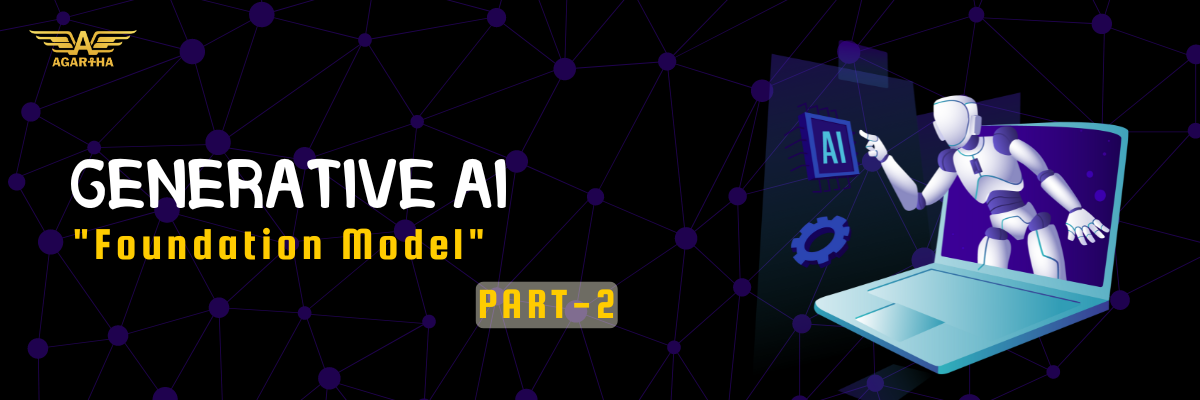- Traditional AI Models.
- Foundation Models.
- Should You Build or Consume?
- Traditional AI Models
In traditional artificial intelligence (AI) approaches, models are typically trained on specific datasets using supervised learning techniques. The training data is labeled, and the AI learns to identify patterns from this data. For instance, if you provide a large dataset of images containing cats and other animals, the model will learn to recognize the characteristics of a cat and make predictions when shown new images.
This type of learning is usually focused on solving particular tasks. But what if you wanted a model to develop a more generalized understanding, capable of handling a broader range of challenges?
- Foundation Models
With the rise of generative AI, foundation models have become a prominent approach. These models are trained on vast amounts of multimodal data, meaning they can process various formats like text, images, audio, video, and numerical data.
The key difference is that foundation models learn without the need for explicit supervision. They acquire knowledge about numerous concepts, making them highly adaptable across different use cases. These models are versatile, enabling tasks such as text generation, content creation, and answering complex questions.
This type of learning allows foundation models to develop a broad understanding and skills that can be fine-tuned for a wide variety of applications.
- Should You Build or Consume?
When deciding to use an AI model in your project or application, you have two main options: build your own model or use an existing one.
1. Build Your Own Model
Creating a custom model gives you full control over how it's developed and tailored to your needs. However, this requires substantial effort, including gathering data, labeling it, and then training the model. Building your own model can be time-consuming and expensive, particularly when you need to update it with new data, which requires repeating the entire process.
2. Consume Pre-Built Models
Alternatively, you can use pre-trained foundation models from companies like Google. These models are developed using enormous datasets and require significant computational resources for training. By consuming these models, you benefit from their extensive capabilities without needing to handle the complexities of model training and maintenance. This option is far more efficient and accessible for many users.
Stay tuned for the next article: Google Foundation Model Families

